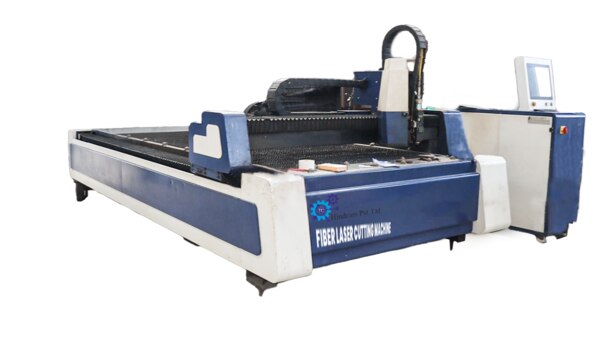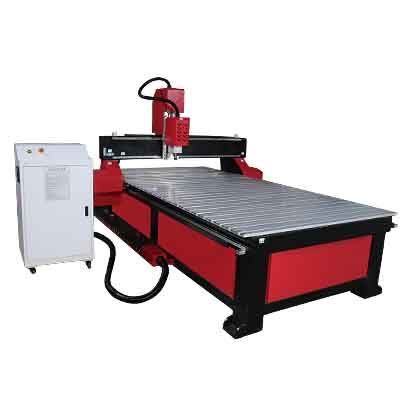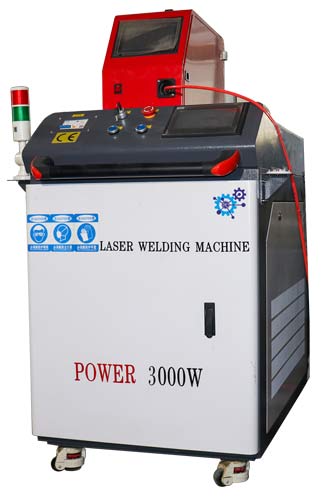A CNC bending machine is also known as a CNC backgauge bending machine. It leaves precise material bending and shaping via the CNC commands and motor sensor support. A CNC bending machine works on a hydraulic pressure mechanism using the CNC commands for bending the metal materials. In addition, It works in Y1 and Y2 (front support arms), and X1 and X2 axes (backgauge) with motor sensor controls to bend over metals like SS, MS, and so on. In addition, it covers many industries like metal fabrication, automobile, aerospace , medical tools and instruments, and much more.
Machine’s Overview
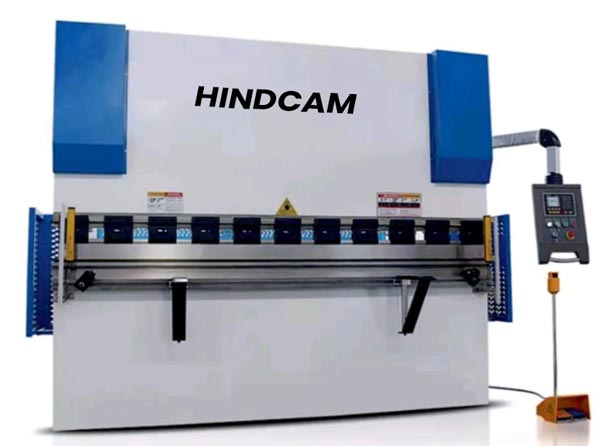
CNC backgauge bending machine
- Power source: Hydraulic, Pneumatic, Electric
- Capacity: 500-1500
- Working: 500-3000mm
- Stroke-200-250 mm
- Throat depth-400mm
- Approach Speed-200 mm/sec
- Pressing Speed – 15-20 mm/sec
- Return Speed – 250 mm/sec
- axis speed-33 m/min
- Automatic grade: semi automatic, manual, fully automatic
- Axis control—X1, X2, Y1, Y2, Z1, Z2
- Backgauge Range: 500 mm to 1000+ mm
- Working temperature: 0°C to +40°C
- Power & Voltage – 380V 50 HZ
- Gap- 320MM
- Weight-5.5 TON
- Max working pressure : 25 Mpa
- Max press power-1150 KN
- Clamps: Quick Release Clamp for Tooling
- Application: sheet Industry, aviation, kitchenware industry, medical equipment, so on
- Price: Rs TBD + GST
- Call/Whatsapp 8595648467
CNC Bending machine components
Here are the core components of a CNC bending machine:
- Body Frame: The entire body frame has a sturdy SS material coverage. This holds all its components and also manages Y1 and Y2 directions.
- Die: There are several length categories of die that fix the material length for the correct shape bending.
- Back Gauge: It is a mechanical component connection in X1, X2 and Z directions and controlled via press brakes’ movement. Also, it controls the accurate bending position after each bending angle and reduces any error possibilities.
- Hydraulic Cylinder: Hydraulic oil cylinder pressure controls the bending machine to convert it into mechanical force in the X, Y, and Z axes. And it uses a hydraulic system manufactured by ALFA, and the seal elements are made up of Japan VALQUA.
- Digital Panel: It is a digital touch panel that controls the setting parameters of V-die, material, thickness, width, etc. via the menu controls. It has CAD/CAE/CAM software support for the designing. And implementation via the buttons like emergency stops, power on, inclination bypass and control ON. Additionally, the latest E22 controller panel has all the latest numeric controllers with enhanced touch configuration. And it is easy to control the device with the PLC touchscreen.
- Control Panel: It is the electrical components’ wiring connection on the side panel of the machine that consists of the servo/stepper drive, fan, emergency stop circuit, fuses, wiring, and other components.
- Safety Guards: It is a safe cover around all the movable parts and electrical components. This prevents any accidental damage to the machine during the bending process.
- Foot Pedal: This is the manual pedal control to manage the bending work.
- Back motor sensor: There is a sensor connection at the back to detect the bending measurement settings.
- UPS: It controls the power fluctuation.
- Guide rail: A self-lubricating guide rail prevents material damage and enhances smooth functioning of the bending.
CNC Bending—Front View & Back View
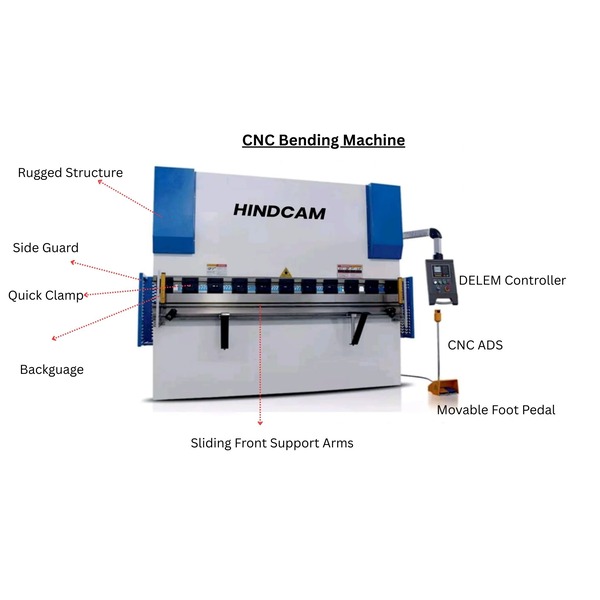
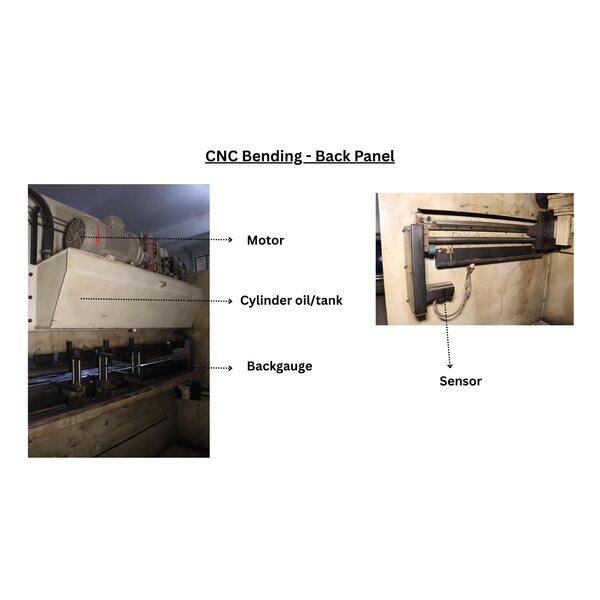
Digital Control Panel
A control panel can be from Delem and relevant companies and consists of these keys for the bending works controls:
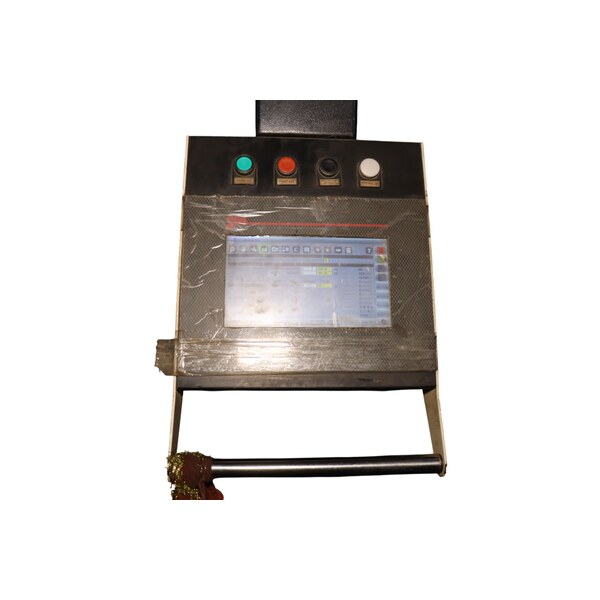
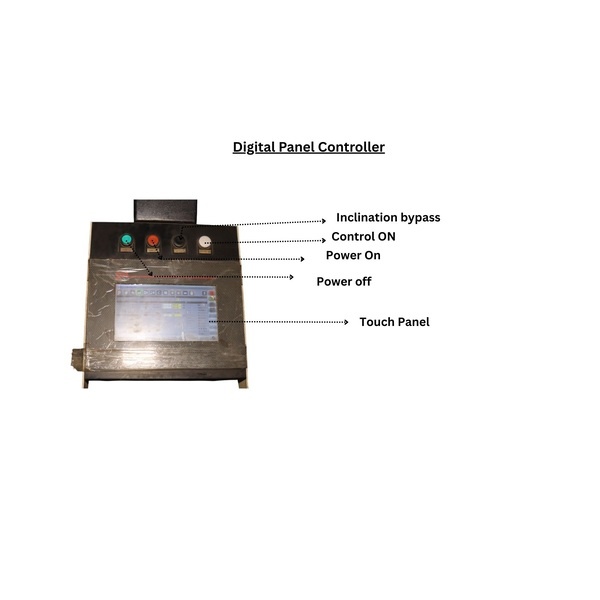
- Pump on: Once pressed, this key starts supplying pressure to the system.
- Pump off/ Emerency stop: Using this button, it shuts down the hydraulic pump to stop the hydraulic pressure. Usually triggered at idle or fault state.
- Inclination bypass: It is for a manual and automatic ON/OFF button to keep the cylinder up and down.
- Control ON: This is to check the fault within the cylinder; otherwise, the MCB will trip.
How to do parameter setting?
To initiate the bending works, we need to set the parameters precisely over the touch panel for the different die categories. And here are the simple steps to follow:
- Go to the main menu and select V-Die.
- Go to general category> select width > thickness > material category > die > v-die> punch, etc.
- Also fix the die angle, radius, and die heights accordingly.
- Y1 and Y2 are in two directions to fix the mold adjustments using the settings of -90° to +90°.
- Save the tool settings.
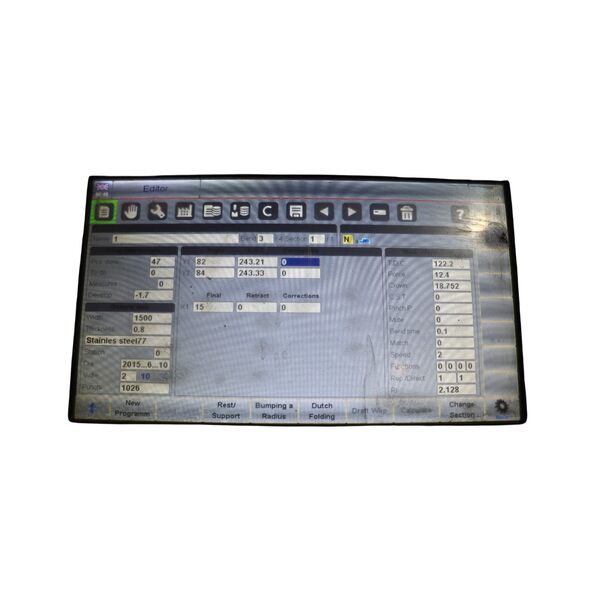
Accessories used in clamp angle fixing
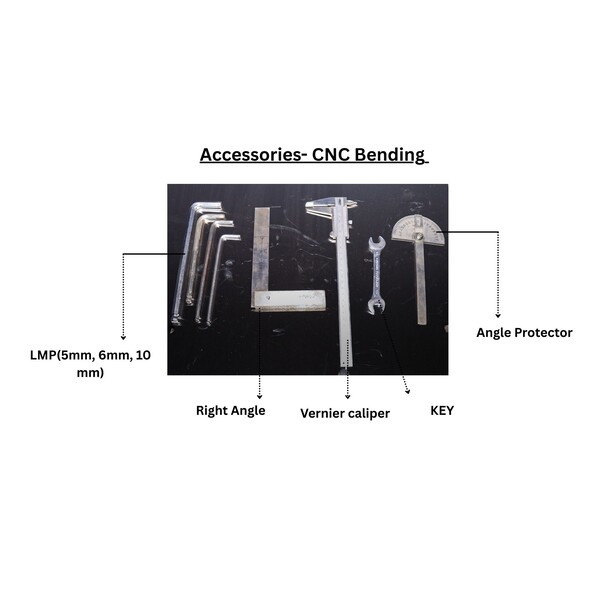
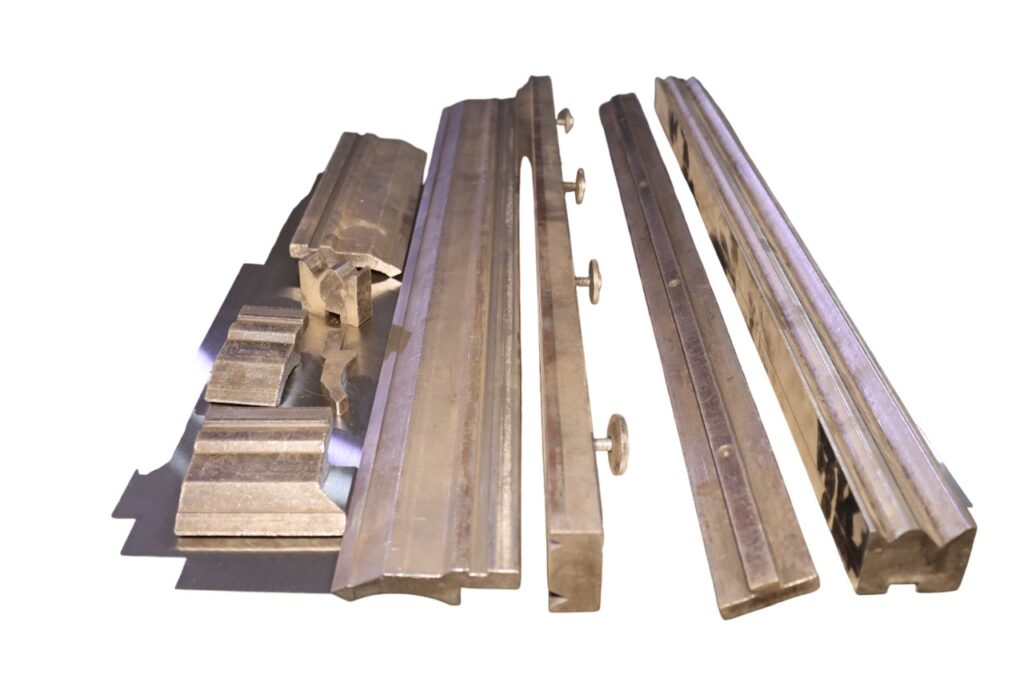
1. Low Mild Plate (LMP)– There are different categories of LMP, like 5mm, 6mm, 10 mm is used to fix the clamps and smooth the bending workflow.
2. Right Angle: It is also used for the 90° bending accuracy over the bending material.
3. Vernier caliper: It is a handy measuring tool for the dimension of the bending metal material.
4. KEY wrench- 12’13: To tighten and loosen the clamp bolts, a double-ended spanner or wrench made of metal material is used. It is made in the sizes of 12 mm and 13 mm.
5. Angle Protector: It is used to measure the angle for bending and helps in high-accuracy bending.
6. Bending Die and Clamps: There are different lengths of die that we can connect for high-accuracy bending works. It is operated either manually or automatically using the LMP fixes. It includes radius dies, acute angle dies, V-dies, etc. Its main function is to prevent inaccuracy over bending points and also the collision.
Samples of sheet bending
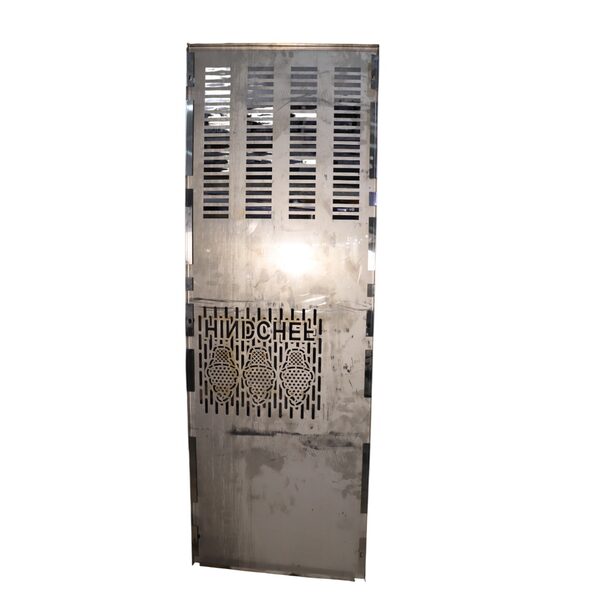
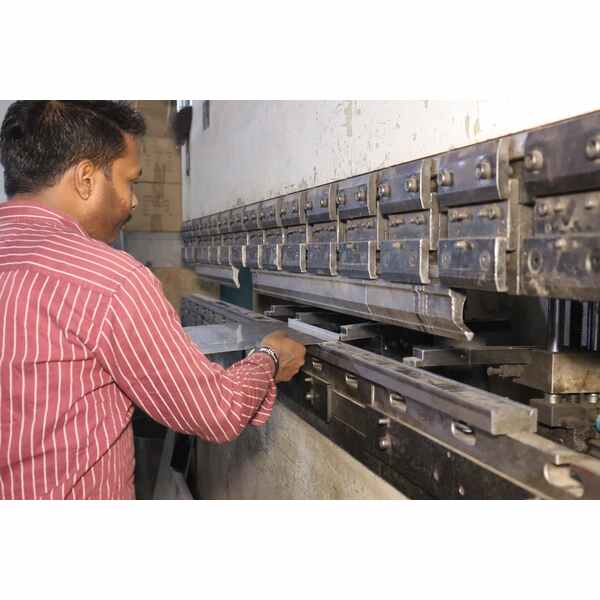
FAQs – CNC Bending Machine
Q1. When should we change the hydraulic oil?
Hydraulic oil changing in every 6 to 12 months, improves the working efficiency.
Q2. What is the approximate cost of per-bending work?
It depends on your requirements and the material category. However, for more price concerns, you may connect to our service team at 098047 16716.
Q3. What is the price of a CNC bending machine?
The price of a CNC bending machine is Rs TBD+gst.
Q4. What are the materials and thicknesses we can bend using the machine?
Here are some of the metal materials we can bend using a CNC bending machine.
| Material | Thickness (mm) |
| SS | upto 10 mm |
| Brass | upto 6mm |
| MS | upto12mm |
| Aluminum | upto 12mm |
| Galvanized Sheet | upto 3mm |
| Copper | upto 6mm |
Q5. What are the axes controls in backgauge ?
Backgauge is usually controlled in the X and Z axes.
Other Recommendations
